Current Status
Statistics from the Vietnam Textile and Apparel Association show that currently, only about 10% of textile and garment enterprises, mainly large enterprises, have implemented green transformation and environmental - social - corporate governance (ESG) standards well. About 20% of enterprises have applied digital transformation at different levels. The majority of small and medium enterprises have only stopped at the awareness and preparation level. Meanwhile, according to Mr. Pham Van Viet - Vice President of the Ho Chi Minh City Textile and Garment Association, in the face of the global green revolution, the textile and garment industry is under increasing pressure from key export markets such as the US, EU, and Japan. These markets are tightening sustainable development standards, including requirements on ESG, circular economy , green products, and carbon emissions.
Mr. Vu Duc Giang - Chairman of the Vietnam Textile and Apparel Association (Vitas) emphasized that green production helps businesses control energy, water, chemicals, save costs, as well as reduce environmental impact.
Sharing from the perspective of a business, CEO Tran Van Quy of Trung Quy Textile Company Limited said that since 2016, the company has been at the forefront of the greening trend with friendly machines such as organic, recycled and biological fibers from bamboo, lotus, pineapple, coffee, sheep wool... The unit also applies wind dyeing technology, saving 60-70% of water and reducing environmental impact. Trung Quy also invested in solar power systems and Bio-mass boilers to reduce emissions. Currently, friendly materials at this company account for 50% of production, and aim to reach 70% by the end of 2025.

Illustration photo.
However, according to the CEO of Trung Quy Textile, businesses still face many challenges when converting to a green production model. Environmentally friendly materials are often expensive and difficult to find, while sustainable production requires advanced technology, large investment costs, long payback periods and must comply with strict ecosystem standards. Moreover, consumer awareness and affordability for sustainable products are still limited, reducing the competitiveness of businesses in the short term.
Promoting value chain linkage
Economic experts warn that businesses with orders to the EU, the US, Japan, and South Korea must make the transition soon, because by 2026, the EU will apply a thorough carbon tax mechanism. It is forecasted that by 2030, about 50% of businesses will be able to adapt. Compared to some countries, Vietnamese businesses still lag behind in technology, management, and automation.
The biggest problem facing textile and garment enterprises is the lack of medium and long-term investment capital. Green investment requires large capital flows, while we still lack specific mechanisms and criteria for enterprises to easily access. In addition, the technology gap is also a barrier.
Mr. Tran Nhu Tung - Vice President of Vitas said that in the first 8 months of 2025, textile and garment export turnover reached 30.7 billion USD. If the level of 4 billion USD/month is maintained in the last months of the year, the whole industry can reach the target of 48 billion USD. According to Mr. Tung, the biggest difficulty now is the requirement for green transformation and digital transformation. Only about 20-25% of enterprises are capable of investing in green technology. If they do not meet strict standards, especially from the European market, enterprises will find it difficult to keep orders.
For new businesses entering the green path, Vice President of the Ho Chi Minh City Textile and Fashion Association Pham Van Viet recommends prioritizing feasible and effective projects in the near future, such as: Investing in solar power when capital can be recovered quickly, saving about 30% compared to grid electricity; applying 4.0 technology in design, 3D simulation, automatic production... to increase productivity 2-3 times compared to traditional methods. However, for the dyeing industry alone, investing in high-tech production lines requires capital of 10-100 million USD to meet international standards. Currently, most businesses can only upgrade each part in accordance with their financial capacity, due to a lack of resources for synchronous investment. Mr. Viet believes that linkage in the value chain will be the decisive factor. Because only when businesses link up and make green transformation together, can the Vietnamese textile and garment industry raise its level in the international market.
Source: https://mst.gov.vn/nganh-det-may-khat-von-cho-chuyen-doi-xanh-197251108171758088.htm








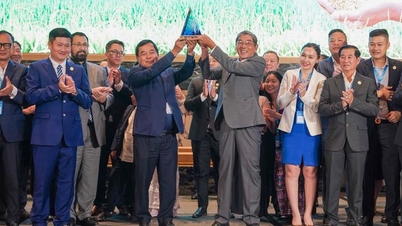
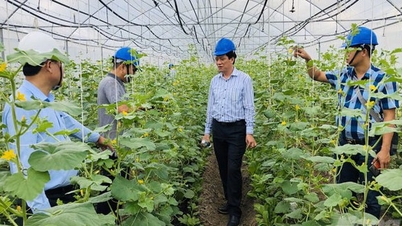
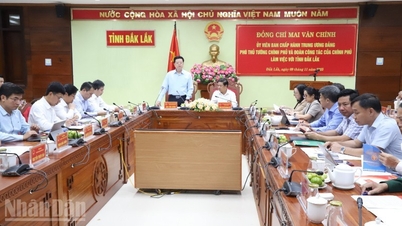



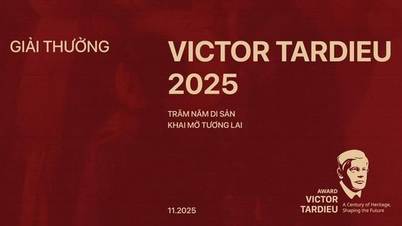
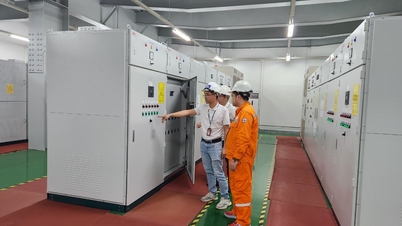

















































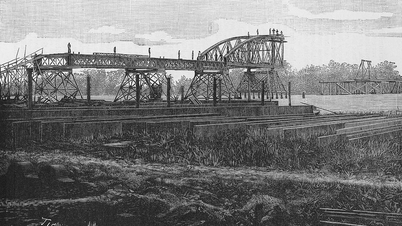
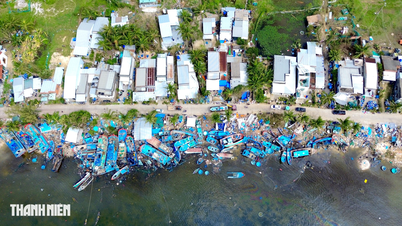
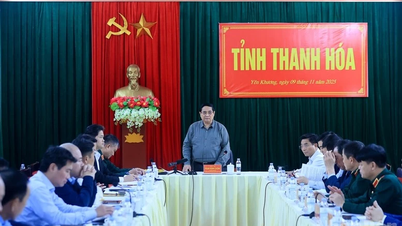




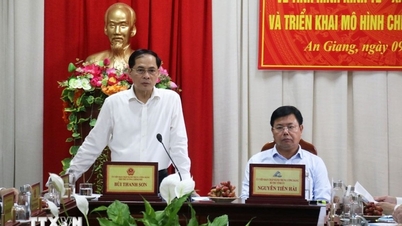


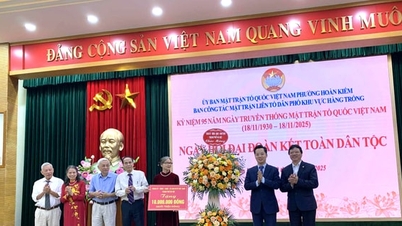



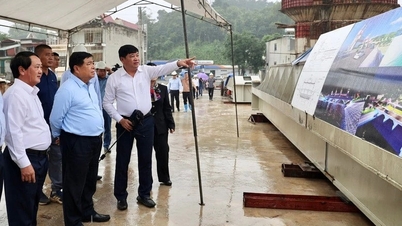



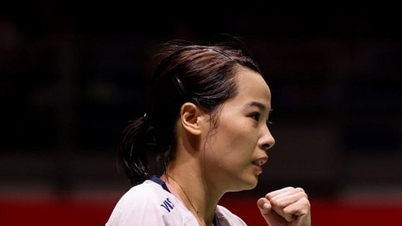













Comment (0)